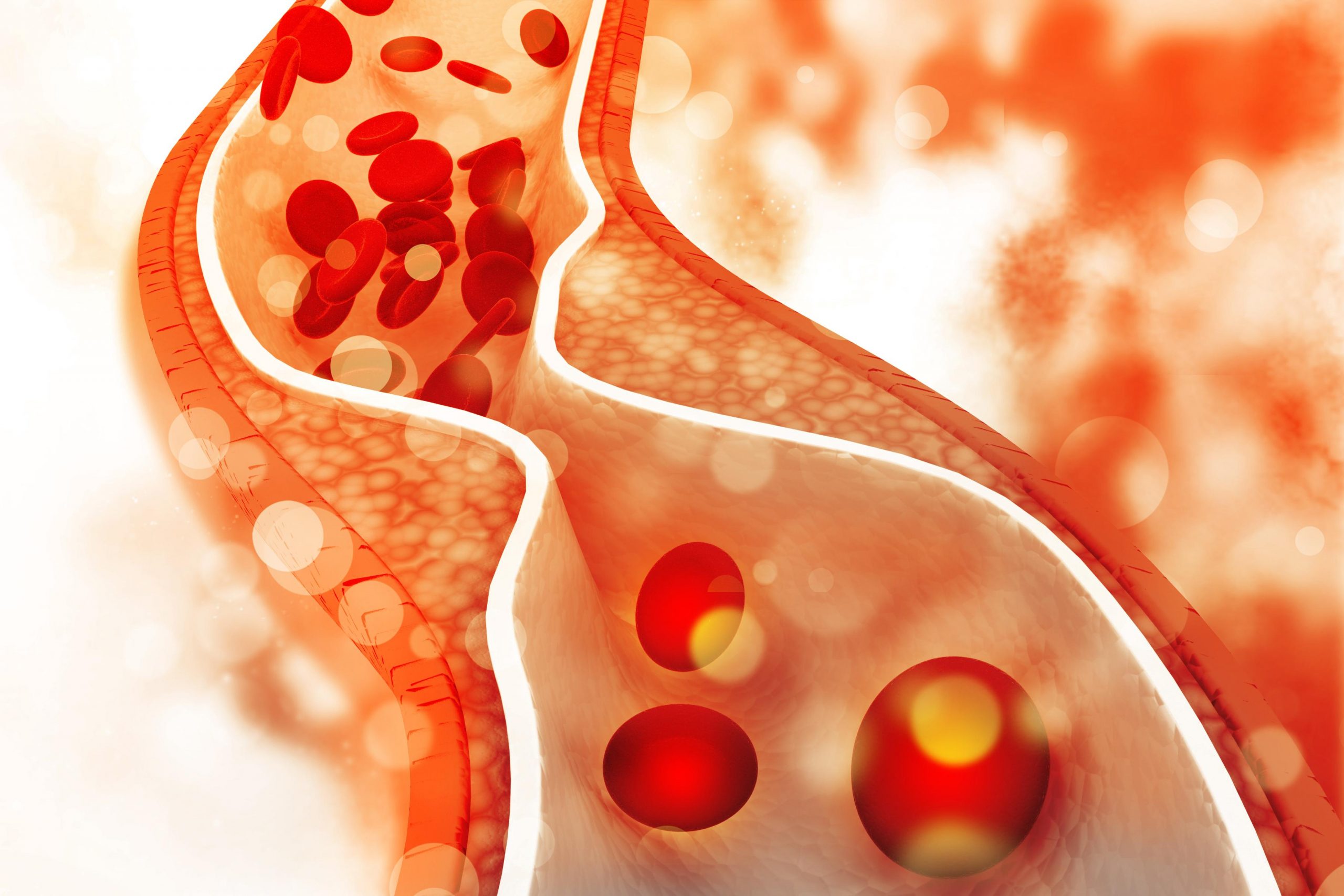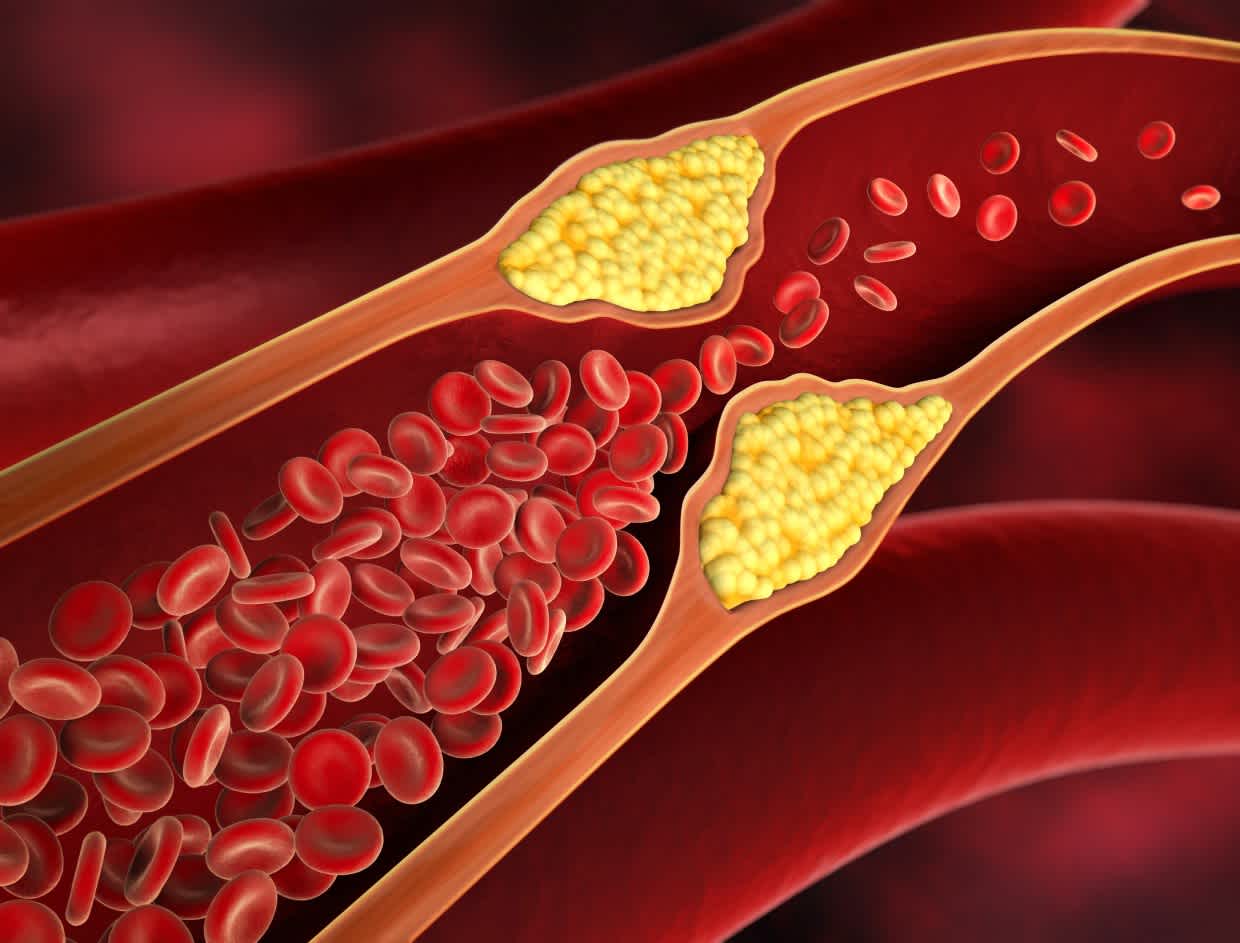Type 5 Diabetes? Get to know this “new” type of diabetes!
Published on:May 14 2025
Type 5 diabetes, recently recognised by the International Diabetes Federation (IDF), represents a pivotal shift in our understanding of diabetes classifications. Driven by childhood malnutrition rather than auto-immunity or obesity, it now accounts for millions of cases—mostly in South and South-East Asia as well as sub-Saharan Africa—yet remains largely under-diagnosed elsewhere.

Type 5 diabetes differs fundamentally from other diabetes types. While all forms affect how the body processes glucose, type 5 specifically results from childhood undernutrition that impairs pancreatic development and reduces insulin production.
Dr Meredith Hawkins, founding director of the Global Diabetes Institute at Albert Einstein College of Medicine, notes that this condition has been observed for decades but was frequently misclassified as type 1 or type 2 diabetes. This misdiagnosis has led to dangerous treatment approaches, as people with type 5 diabetes require either minimal insulin or oral medication. Standard insulin doses can cause severe complications or even death.
Why “Type 5”?
The term “Type 5 diabetes” may sound unfamiliar, and that’s because the classification of diabetes types has evolved over time as medical understanding has deepened. Most people are only aware of type 1 and type 2 diabetes, as these are the most common and widely recognised forms. However, as research has progressed, other types have been identified, though they are less frequently discussed in mainstream healthcare.
Type 1 diabetes is an autoimmune condition where the immune system destroys the insulin-producing cells in the pancreas, usually diagnosed in children and young adults. Type 2 diabetes is far more common and is characterised by the body’s inability to use insulin effectively, often linked to obesity and lifestyle factors.
Beyond these, there are other, less well-known types. Type 3 diabetes is a term sometimes used in research to describe the link between insulin resistance in the brain and Alzheimer’s disease, though it is not officially recognised by major diabetes organisations like the American Diabetes Association (ADA). This connection is still being studied, and the term is not widely used in clinical practice, which is why the general public rarely hears about it.
Similarly, Type 4 diabetes is a term proposed by researchers at the Salk Institute to describe age-related diabetes that can occur in lean, older adults who do not fit the typical profile for type 2 diabetes. Like type 3, type 4 is not an official diagnosis in most clinical guidelines, and its use is largely limited to academic discussions. Other forms include gestational diabetes (which occurs during pregnancy) and diabetes caused by specific conditions such as cystic fibrosis, pancreatic disease, or as a side effect of certain medications.
Because types 3 and 4 are not formally recognised by most diabetes associations and are mainly discussed in research settings, they are not part of standard diabetes education or routine diagnosis. This is why the public and even many healthcare providers may not be familiar with these terms.
Type 5 diabetes follows this pattern of sequential numbering. As new forms of diabetes are identified and recognised, they are often assigned the next available number. The International Diabetes Federation’s recent recognition of type 5 diabetes, linked to childhood malnutrition, is a step towards better understanding and treating this unique condition. The numbering helps researchers and clinicians distinguish between the different causes and presentations of diabetes, even if not all types are widely known or accepted in everyday medical practice.
How Type 5 Differs from Other Forms
Type 5 diabetes presents distinct characteristics compared to other forms of the condition. Unlike Type 1, which is driven by an autoimmune response, or Type 2, which is often linked to insulin resistance and obesity, Type 5 is primarily caused by childhood undernutrition leading to impaired pancreatic development.
This typically results in onset during adolescence or young adulthood, with individuals often presenting as markedly lean and potentially exhibiting stunted growth. While those with Type 1 diabetes have absent or near-absent insulin production and require lifelong full-dose insulin, and those with Type 2 may initially have normal to high insulin production that decreases over time, individuals with Type 5 have low but not zero insulin production.
Consequently, they require very small doses of insulin or low-dose sulphonylurea tablets. Mismanagement can lead to severe hypoglycaemia if standard Type 1 doses are administered.
The Unique Dangers of Type 5 Diabetes
The dangers associated with Type 5 diabetes are unique and require careful consideration. One of the primary concerns is the high risk of hypoglycaemia, as even small doses of rapid-acting insulin, which would be standard for Type 1 diabetes, can cause dangerously low blood glucose levels.
This is further complicated in low-resource settings where health workers may lack gluco-meters, making real-time dose adjustments challenging. Delayed diagnosis due to misclassification as Type 1 or Type 2 can lead to inappropriate therapy and protracted glucose swings, resulting in chronic hyperglycaemia, which, even at modest levels, can accelerate retinopathy, nephropathy, and neuropathy.
Co-existing malnutrition also presents significant challenges, as ongoing nutrient deficiencies can impair wound healing and immune function, increasing the risk of infection. Additionally, low muscle mass can compound insulin resistance, making glucose control more difficult despite the low insulin needs.
The limited therapeutic window, where oral agents such as sulphonylureas can be effective but have a narrow margin between effectiveness and hypoglycaemia, and the scant trial data for newer drugs in chronically undernourished populations, further complicate treatment. Finally, the psychosocial impact of stunting and underweight status can lead to stigma, affecting mental health and adherence to treatment, while persistent food insecurity can complicate dietary advice.
Identifying and Managing Type 5 in Practice
Clinicians should be vigilant for Type 5 diabetes in specific cases, such as individuals with a history of prolonged childhood malnutrition or stunted growth, those with a very low BMI yet elevated fasting glucose, and those with detectable C-peptide indicating residual insulin production but far below normal levels.
A marked sensitivity to exogenous insulin, where dramatic drops in blood glucose occur with tiny doses, should also raise suspicion. It is important to note that there is no single laboratory marker for Type 5 diabetes; diagnosis is clinical, aided by a thorough history and careful therapeutic trials of low-dose treatment.
Effective management of Type 5 diabetes requires a nuanced approach. It is crucial to start with very low doses of insulin, such as 0.1 units/kg/day of basal insulin, or a low-dose sulphonylurea, and titrate cautiously.
Prioritising nutrition through micronutrient repletion and adequate protein intake can improve endogenous insulin output and lean-body mass. Regular monitoring with frequent capillary glucose checks is vital, especially initially, and if resources are scarce, patients should be educated on recognising hypoglycaemia symptoms and keeping oral glucose on hand.
Finally, integrated care that pairs diabetes follow-up with nutrition programmes, mental-health support, and social-care referrals to address food insecurity is essential.
The IDF’s formal acknowledgement of Type 5 diabetes should prompt updated clinical guidelines tailored to low-dose regimens, targeted screening in migrant clinics, foster-care systems, and eating-disorder services in high-income countries, and research funding for appropriate pharmacotherapy trials in malnourished populations.
Early recognition and nuanced management can prevent both the crippling complications of chronic hyperglycaemia and the immediate dangers of hypoglycaemia that standard treatments may provoke. As awareness spreads, clinicians worldwide will be better equipped to offer safe, effective care to those living with this distinct—and distinctly risky—form of diabetes.
https://buzud.com/2025/05/12/type-5-diabetes-get-to-know-this-new-type-of-diabetes/






